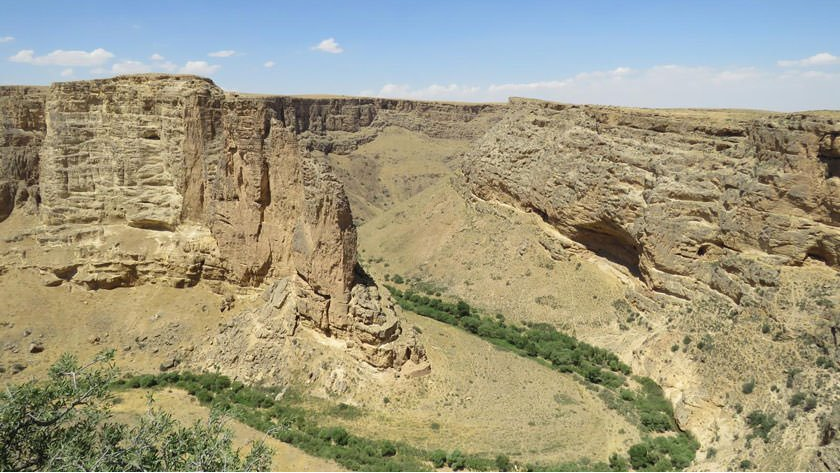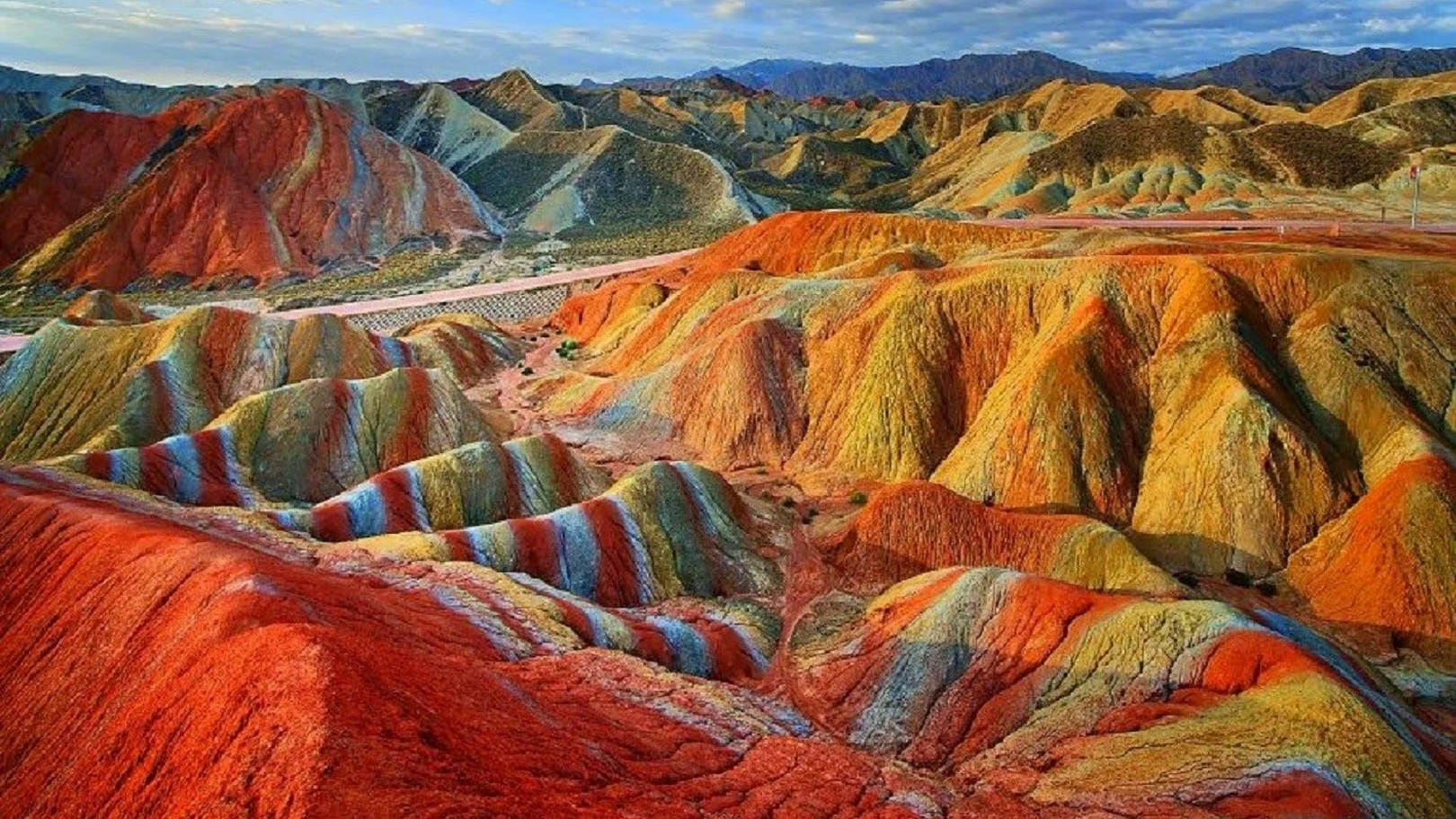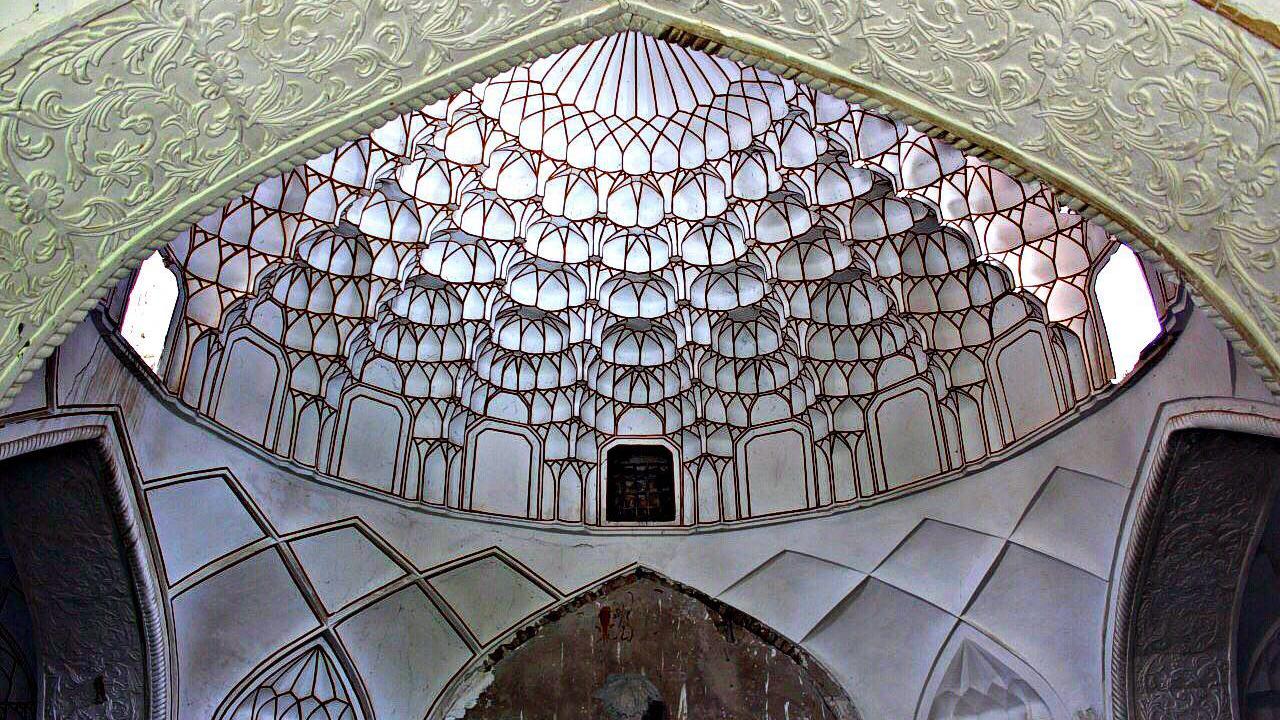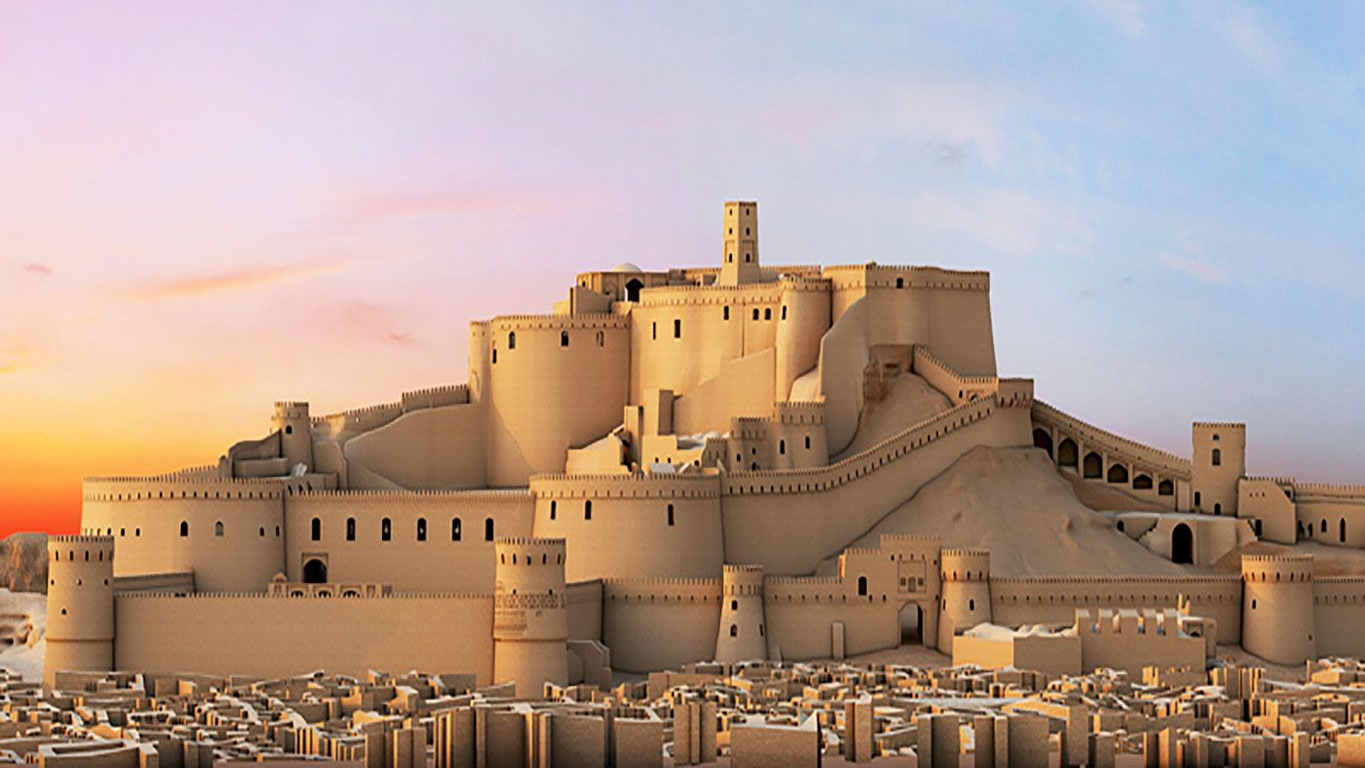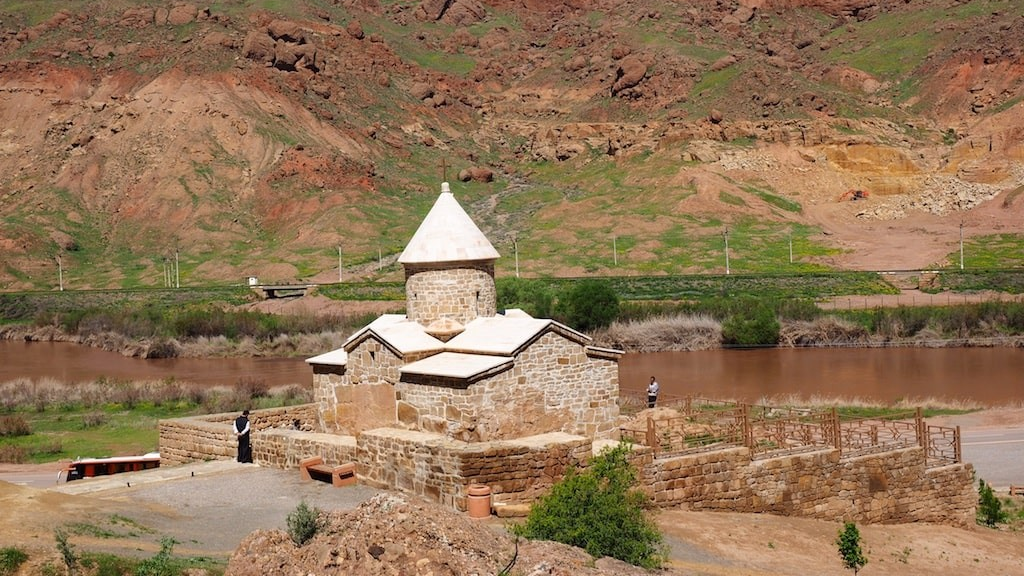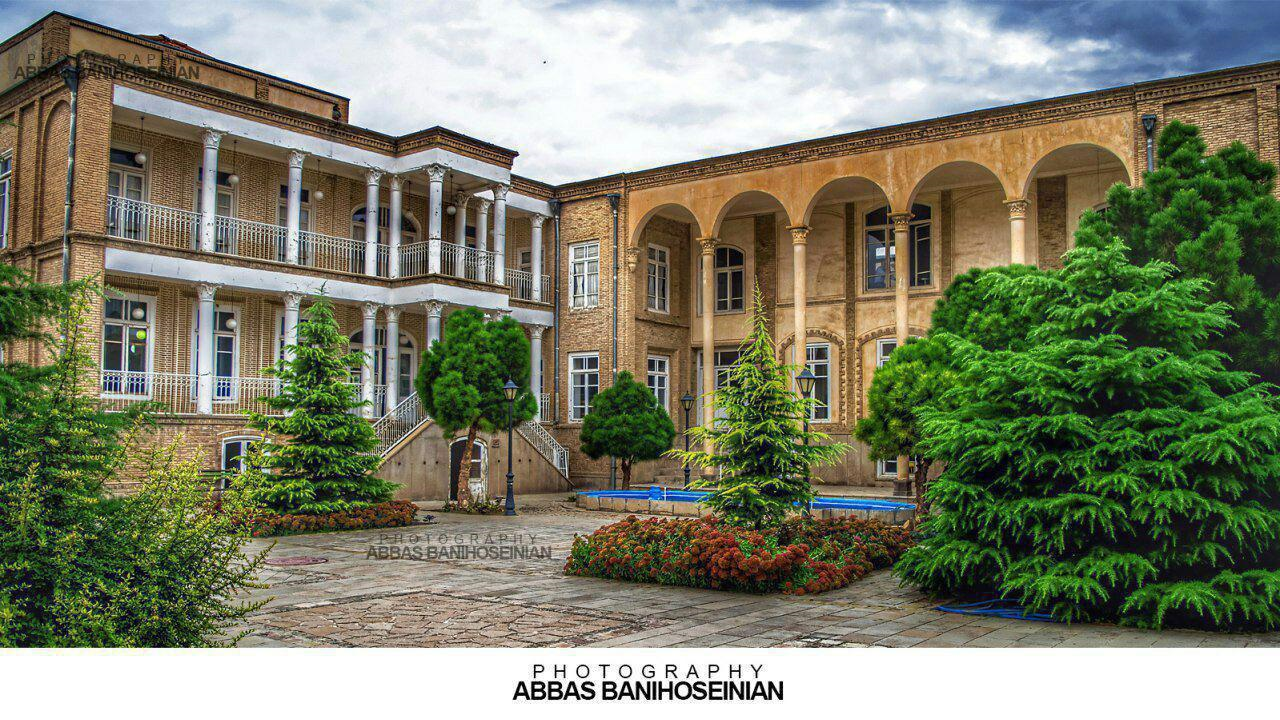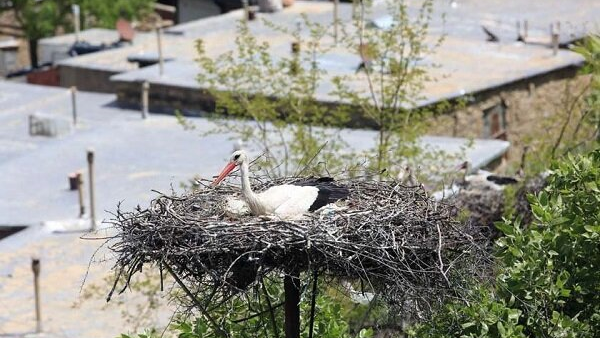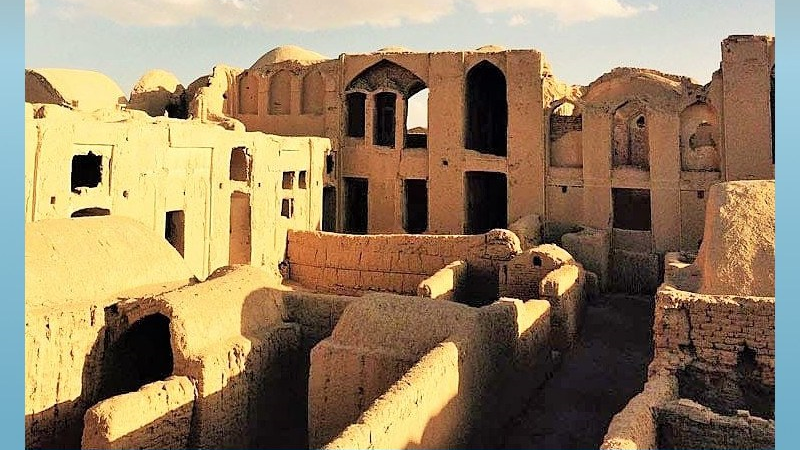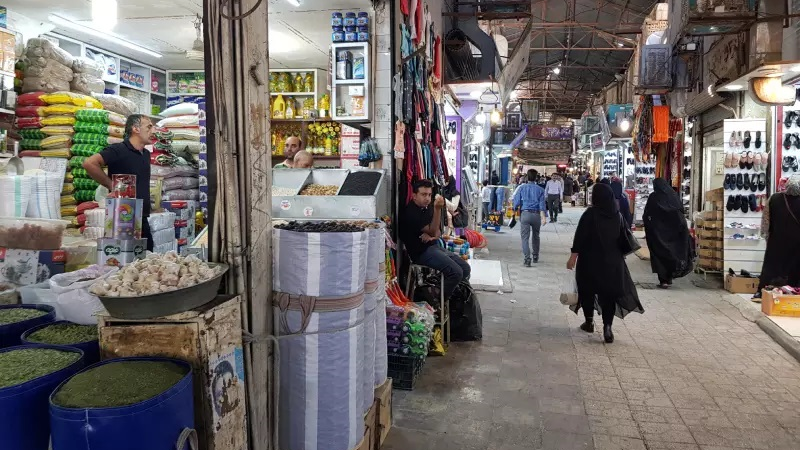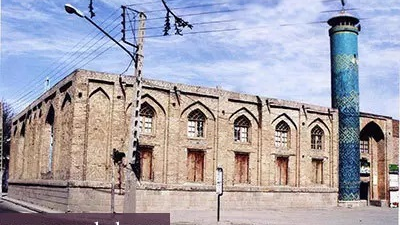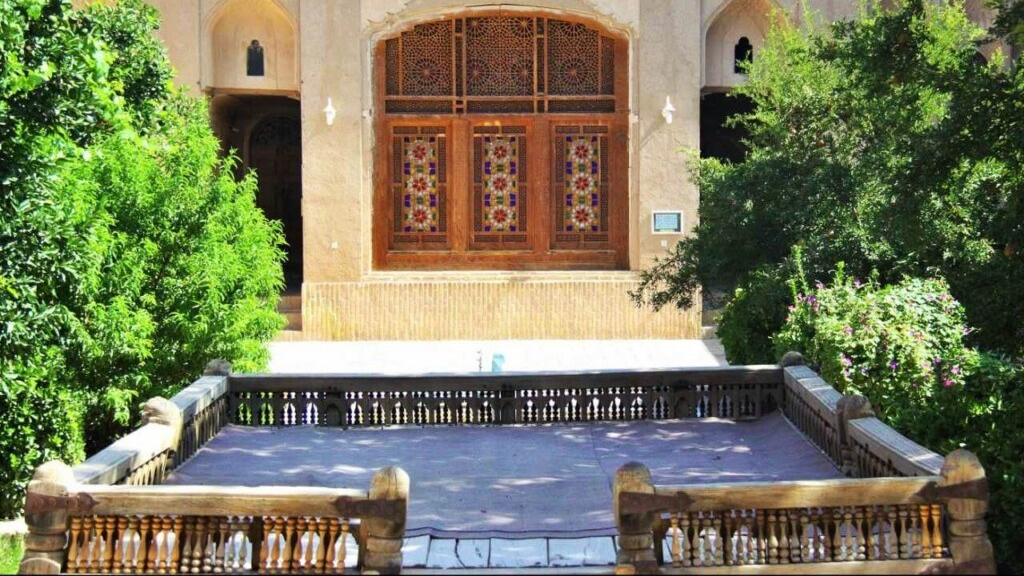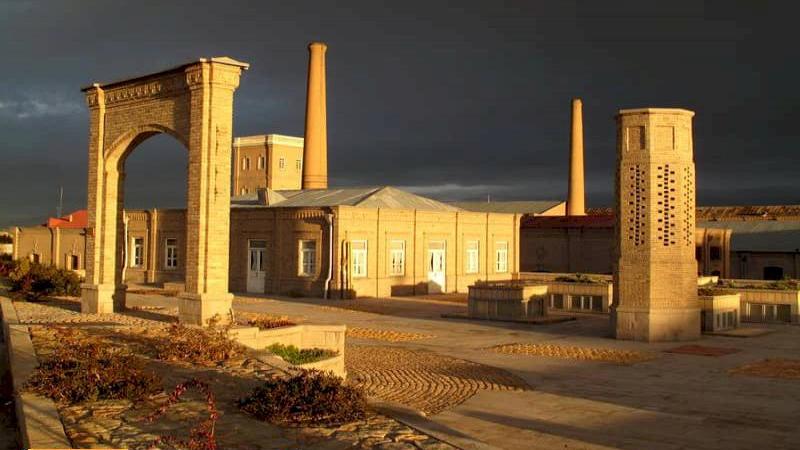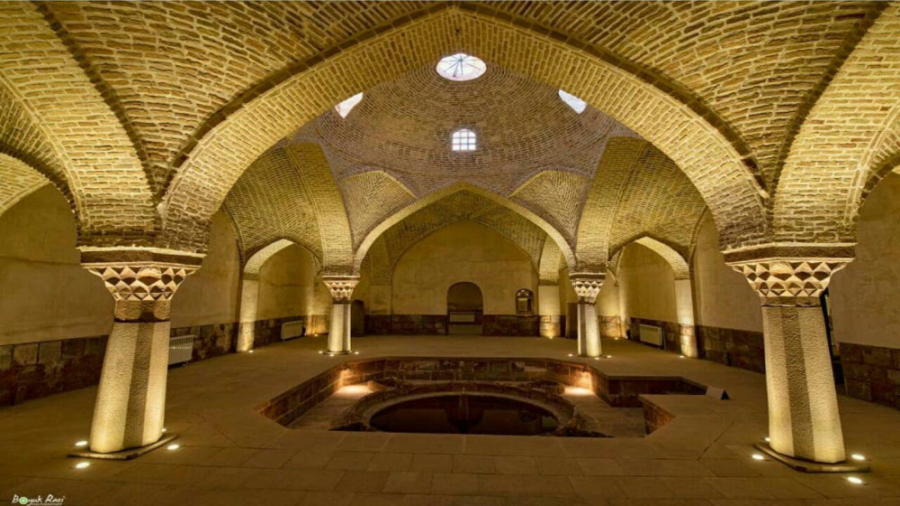
Quri Gol Wetland
Wetlands are distinct ecosystems saturated by water in some parts of the year and almost dry in other periods. However, due to the presence of water and vegetation, they are a suitable place for some animal species such as migratory birds. Some of the important advantages of wetlands include draining underground water, protecting the surrounding areas against floods, controlling soil erosion, allowing animals to use the water in the wetland, preventing saltwater from entering the groundwater tables, absorbing and reducing atmospheric carbon, and creating biodiversity in the surrounding areas.
There are many wetlands in different regions of Iran, each having its own features. There are also some wetlands in East Azarbaijan province in the northwest of Iran; including the Quri Gol wetland.
Based on the Ramsar Convention, Quri Gol wetland was recognized as an international wetland in 1975 AD. This convention is an international treaty for the conservation and sustainable use of wetlands and protection of related plant and animal species that was signed by the representatives of 18 countries in 1971 AD in Ramsar and presently covers more than 2400 places in 171 countries of the world. The Quri Gol wetland was declared a “No-hunting Zone” in 1994 AD.
Features of Quri Gol Wetland
The size of this wetland is about 200 hectares. Its water is sweet and it is supplied by the surrounding running water, the springs located at its bottom, and the melting of the snow that falls in the Shebli Pass. This water is very clear and suitable for drinking. The fields of surrounding villages such as Arshatnab, Ramnab, and Yousef Abad are irrigated from the water of this wetland.
The wetland is situated 1890 meters above sea level and its depth reaches five meters in the deepest part. Due to its pristine views, the local people consider it as one of their main recreation resorts. Since the Tehran-Tabriz highway passes near this wetland, many travelers make a stop at it to enjoy the environment. There are also suitable facilities to welcome tourists.
Flora and Fauna of Quri Gol Wetland
The 280 plant species of this wetland have greatly increased its biological importance. Among these species, 11% are aquatic. Yarrow, yellow salsify, cornflower, prunus incana, mountain iris, licorice, and dog rose are terrestrial plants, and reed, cattail, and duckweeds are aquatic plants of this wetland. Some plants immersed in water, such as water hyacinth, water sedum, algae, and phytoplankton, are the main sources of nutrition for aquatic animals in the wetland.
Due to the proximity of the wetland to the Sahand region, Armenian rams and sheep could be seen around the area in the past. However, with the development of urban and industrial areas, these species can rarely be seen in this region. The Fauna of the area includes Iranian Gerbillinae, field mice, social voles, wolves, foxes, and Beech marten.
In addition, 92 species of birds also live in this wetland, of which the white-headed duck, the marbled duck, and the ferruginous duck are among the most important species, which are, according to the announcement of the International Union for Conservation of Nature, endangered species. Macrovipera lebetinus, spalerosophis, blind snake, dice snake, frog, common carp, and wetland fish are also considered important fauna of this wetland.
Where Is Quri Gol Wetland Located?
This wetland is located 30 km southeast of Tabriz and 15 km west of Bostanabad, near a village called “Yousef Abad”. The geography and climate of the region are such that it will be more enjoyable to visit it in the warm seasons, although this wetland has a special and unique beauty in winter, too.
Based on the Ramsar Convention, Quri Gol wetland was recognized as an international wetland in 1975 AD.
| Name | Quri Gol Wetland |
| Country | Iran |
| State | East Azerbaijan |
| City | Bostan Abad |
| Type | Natural |
| Registration | No registration |

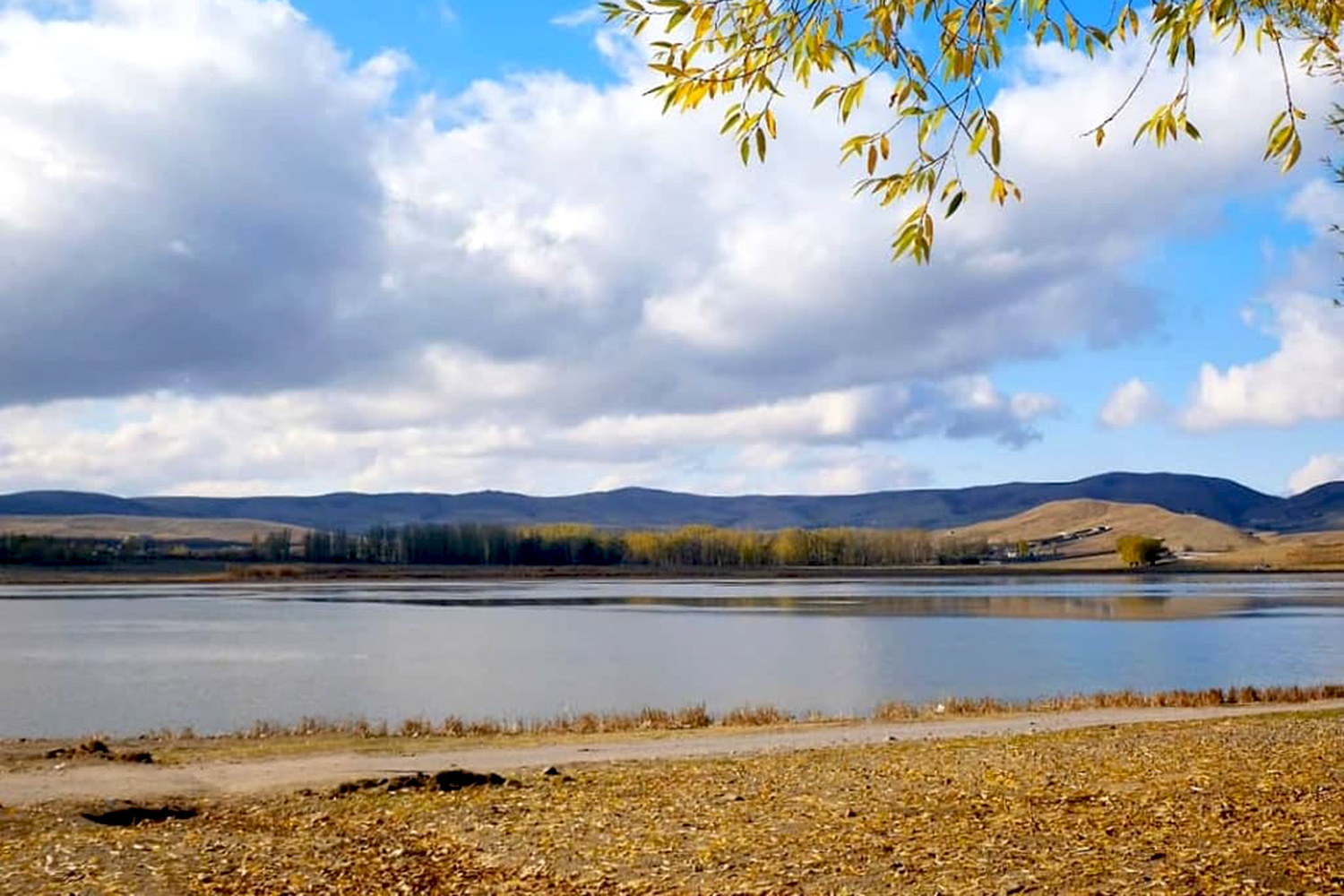
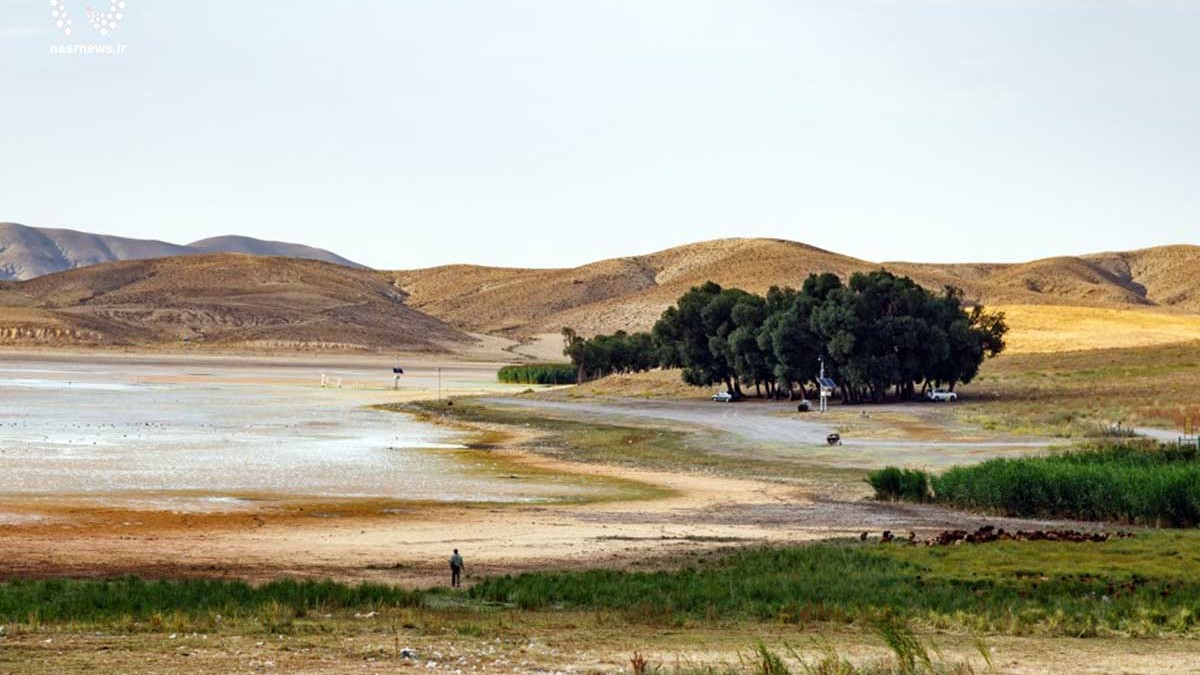



Choose blindless
Red blindless Green blindless Blue blindless Red hard to see Green hard to see Blue hard to see Monochrome Special MonochromeFont size change:
Change word spacing:
Change line height:
Change mouse type:
